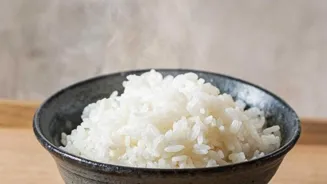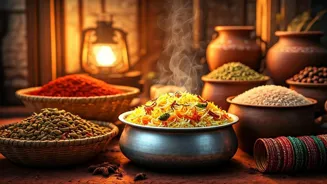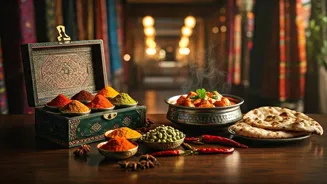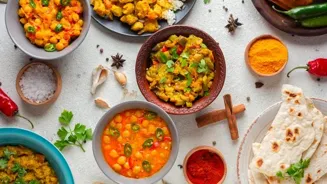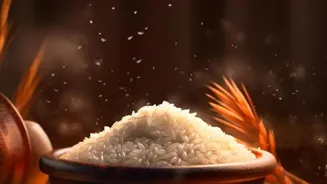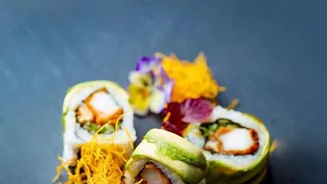Dive into the world of rice, a humble grain with a rich history and cultural significance. Discover 10 intriguing facts that will change how you see this staple food. From ancient origins to culinary diversity,
rice truly connects us all
Rice, the tiny grain, holds a giant place in the hearts and plates of billions around the world, especially here in India.
From the snow-capped Himalayas to the sun-kissed beaches of Kerala, rice is more than just food; it's a cultural icon, a symbol of prosperity, and a binding force that connects diverse communities. But how much do we really know about this everyday ingredient?
Get ready to be rice-ified with these 10 fun facts that will give you a newfound appreciation for this humble grain.
Rice: ancient staple food with rich history worldwide
Rice isn't some newfangled food fad; it's been around for ages! Archaeological evidence suggests that rice cultivation began somewhere between 8,200 and 13,500 years ago in China.
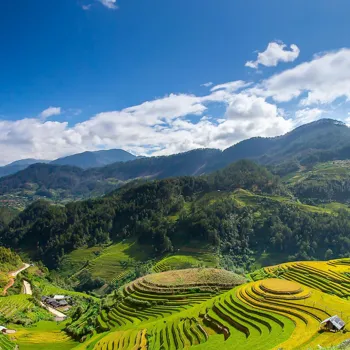
Picture this: our ancestors, thousands of years before the pyramids were built, were already perfecting the art of growing and enjoying rice! This ancient grain then spread its influence across Asia, eventually becoming a staple in India, Africa, and the Americas. That biryani you had last night?
It's connected to a tradition stretching back millennia. It’s amazing to know that something we eat so regularly has a history so long. The history of rice is longer than the history of many civilizations.
Rice: a resilient grass with surprising adaptability
Believe it or not, rice is a type of grass, scientifically known as Oryza sativa. Just like wheat, barley, and other grains, rice belongs to the grass family. This might sound surprising, but it highlights rice's adaptability and resilience.
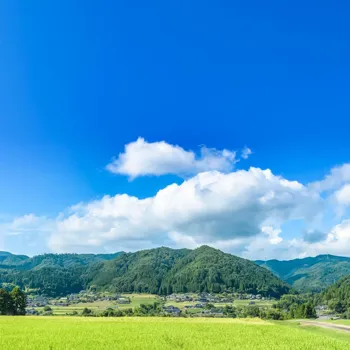
Think about it: grass is one of the most widespread plant types on Earth, able to thrive in diverse climates and conditions. Rice shares this robustness, allowing it to be cultivated in fields, terraces, and even flooded paddies. Who would’ve known, right?
We always see it as a grain, never as a grass. But hey, that’s the beauty of learning new things. Even the most familiar things can surprise you.
Thousands of rice varieties worldwide offer diverse flavors and uses
When you think of rice, you might picture just a single type – perhaps long-grain basmati or short-grain sona masoori. But hold on to your hats! There are actually thousands of different varieties of rice grown around the world.
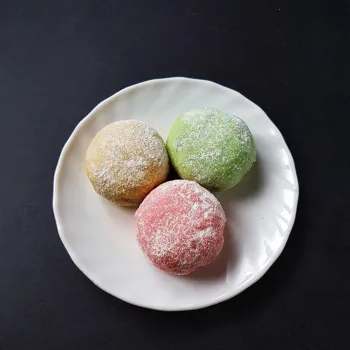
These varieties differ in grain size, shape, color, aroma, taste, and cooking properties. From the fragrant jasmine rice of Thailand to the sticky mochi rice of Japan, each variety has its own unique character and culinary uses.
The sheer diversity of rice is a testament to its adaptability and the ingenuity of farmers who have cultivated it for generations. Imagine tasting all the different varieties of rice. It would be an adventure!
Rice symbolizes spirituality and tradition in diverse cultures
In many cultures, including India, rice holds significant religious and spiritual importance. In Hindu ceremonies, rice is often used as an offering to deities, symbolizing prosperity and abundance.
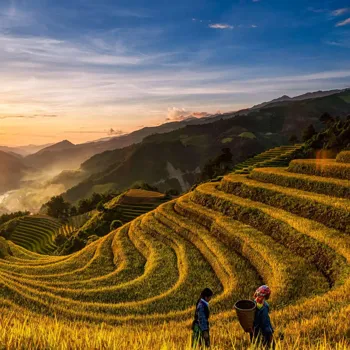
It's also a common ingredient in festive dishes prepared during religious festivals like Pongal and Diwali. In some traditions, rice is even believed to possess protective powers, warding off evil spirits and bringing good luck.
The association of rice with spirituality underscores its deep-rooted connection to the human experience, far beyond just sustenance. It shows how food can be more than just something to eat; it can be a symbol of faith and tradition.
Rice's global culinary influence unites cultures through diverse dishes
Rice is a culinary chameleon, adapting to the flavors and traditions of cultures around the globe. In India, it forms the base of iconic dishes like biryani, pulao, and dosa. In Japan, it's the foundation of sushi and onigiri.
In Spain, it's transformed into paella, a flavorful rice dish brimming with seafood and spices. From risotto in Italy to jambalaya in the United States, rice has found its way into countless culinary creations, each reflecting the unique tastes and preferences of its region.
This versatility makes rice a truly global food, connecting people through shared culinary experiences. It is hard to find a culture where rice isn’t eaten.
Rice farming demands dedication and hard work from farmers worldwide
While we often take rice for granted, the process of growing it is far from simple. Rice farming is a labor-intensive activity, requiring careful planning, meticulous planting, and constant attention.
In many parts of Asia, including India, rice cultivation is still done using traditional methods, with farmers relying on manual labor and animal power.
The backbreaking work involved in rice farming is a testament to the dedication and resilience of the farmers who provide us with this essential food. Next time you enjoy a plate of rice, take a moment to appreciate the hard work that went into bringing it to your table.
Rice farming sustains communities and connects them to the land.
AI Generated Content. Glance/InMobi shall have no liability for the content